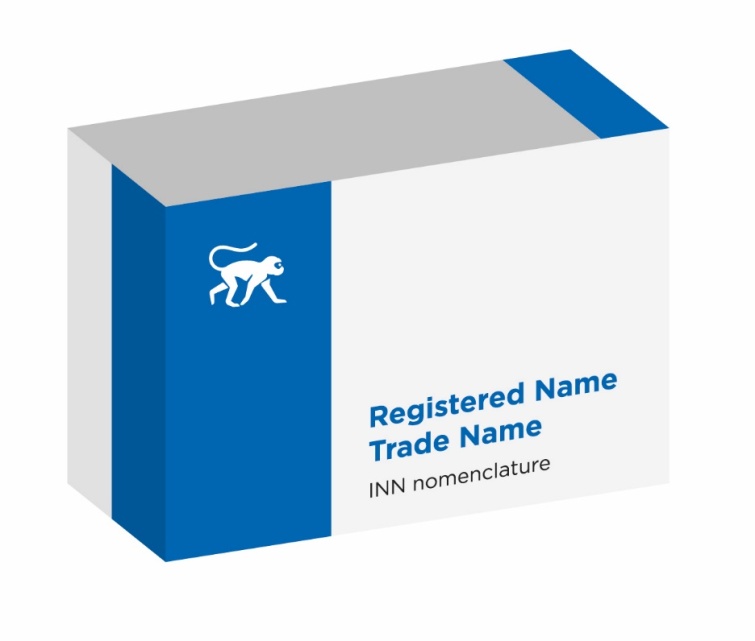-
Paper Information
- Paper Submission
-
Journal Information
- About This Journal
- Editorial Board
- Current Issue
- Archive
- Author Guidelines
- Contact Us
Public Health Research
p-ISSN: 2167-7263 e-ISSN: 2167-7247
2017; 7(1): 1-2
doi:10.5923/j.phr.20170701.01

The “Achilles Heel” of the International Nonproprietary Names (INN) Programme. In Hypertensive Patients of Mexico’s Rural Population
Marco Aurelio Rendón Medina
Social Service Medical Doctor, SSA VII Jurisdiction, Universidad Autónoma de Guadalajara, Guadalajara, México
Correspondence to: Marco Aurelio Rendón Medina, Social Service Medical Doctor, SSA VII Jurisdiction, Universidad Autónoma de Guadalajara, Guadalajara, México.
| Email: |  |
Copyright © 2017 Scientific & Academic Publishing. All Rights Reserved.
This work is licensed under the Creative Commons Attribution International License (CC BY).
http://creativecommons.org/licenses/by/4.0/

Problem: In Mexico many public health programs, have been designed to give attention in rural populations. Not even the most effective program will work, if the patient does not take their prescripted medication properly. Patient compliance can be defined a taking medication as prescribed. The INN is very effective among health care professionals, but for patients in Mexico represents an obstacle to identify and remember their treatment. Nearly 80% of the patients in rural communities in Mexico ignore the name of their treatment. In Mexico 97% of hypertense patients are interested in remembering the name of their treatment [1]. 65% considered that the name of the drug in INN nomenclature is too complex to remember [1]. 90% of them suggested that if their drug had a simple symbol or nomenclature they could remember their treatment [1]. This could mean that INN could be an obstacle to treatment adherence, and could increase their costs. Suggested Solution: An additional symbol nomenclature: animals, fruits or geometrical figures. An equivalent of INN with symbolic figure in the drug box and in the tablet or capsule, could simplify INN for the patients. With this the hypertensive patients could identify their treatment, this could improve treatment adherence, decrease treatment switching phenomenon.
Keywords: Drug nomenclature, International Nornproprietary Names, Hypertensive Patients
Cite this paper: Marco Aurelio Rendón Medina, The “Achilles Heel” of the International Nonproprietary Names (INN) Programme. In Hypertensive Patients of Mexico’s Rural Population, Public Health Research, Vol. 7 No. 1, 2017, pp. 1-2. doi: 10.5923/j.phr.20170701.01.
1. Introduction and Problem Statement
- In Mexico many public health programs, have been designed to give attention in rural populations. Unfortunately even the most effective program will work, if the patient does not take their prescripted medication properly. Patient compliance can be defined a taking medication as prescribed. In literature risk factors have been identified for poor patient adherence to treatment. Polypharmacy, inverse relationship between medication adherence and the number of prescribed daily doses, medication unavailable, ignoring the name of the drug among others [1-4]. Good adherence regimens have been achieved with patient education, informing about complications, when antihypertensive therapy fails [2]. It is well stablished that a strong relationship between patient and physician is the best strategy to good adherence to therapy. The International Nonproprietary Names (INN) Programme is a universal drug nomenclature. The main objective is that each substance would be recognized by a unique name among health professionals [5]. The INN is very effective among health care professionals, but for patients in Mexico, is impossible to identify and remember. Nearly 80% of the patients in rural communities in Mexico ignore the name of their treatment [1]. Resulting in a constant change of drug therapies among them by the first contact medical doctors. The constant drug switching phenomenon decreases the therapy success, and increases costs [6, 7]. Patients with poor treatment compliance are at an increased risk of hospitalization emergency care center visits and complications [8]. The Odds Ratio for hospitalization and emergency care center vistis are 1.31 and 1.45 respectively in the poor treatment compliance patients [8].Problems with the INN, have been described in literature. Confusion between look-alike and sound-alike (LASA) medication names had proven a threat to patient safety. Similarity and complexity in the INN nomenclature had revealed, the necessity of an alternative simple nomenclature, to avoid this LASA phenomena [8]. In Mexico 31.5% of the adult population has high blood pressure [1]. In rural populations 70% are non-adherent to their treatment [1]. The public costs of an hypertensive-diabetic is around $3,500 Mexican pesos per year [9-12]. In other countries in development like Cuba cost is around $4,800 Mexican pesos per year [13]. When hypertensive treatment is interrupted, the cost of treating complications increases dramatically. Resulting in increased hospital admissions with corresponding augmented expenses [9-13].97% of hypertense patients are interested in remembering the name of their treatment [1]. 65% considered that the name of the drug in INN nomenclature is too complex to remember [1]. 90% of them suggested that if their drug had a simple symbol or nomenclature they could remember their treatment [1]. This could mean that INN could be an obstacle to treatment adherence, and could increase their costs.
2. Suggested Solution
- We suggest an additional symbol nomenclature: animals, fruits or geometrical figures. An equivalent of INN with symbolic figure in the drug box and in the tablet or capsule. (Figure 1). With this the hypertensive patients could identify their treatment, this could improve treatment adherence, decrease treatment switching phenomenon. Prospective randomized comparative studies should be developed to corroborate this hypothesis. Unfortunately in this moment in my institution we don´t have de economic resources to develop this studies. Another advantage with this alternative nomenclature, LASSA phenomena could be solved indirectly, with this symbolic representation of the medication. Randomized trials, and pilot studies are needed to proove this alternative nomenclature effective.
 | Figure 1. Drug Box with the trade name of the drug, the international nonproprietary name and a symbolic equivalent. In this case the symbol of a monkey |
 Abstract
Abstract Reference
Reference Full-Text PDF
Full-Text PDF Full-text HTML
Full-text HTML